Dazaifu Tenmangu Shrine
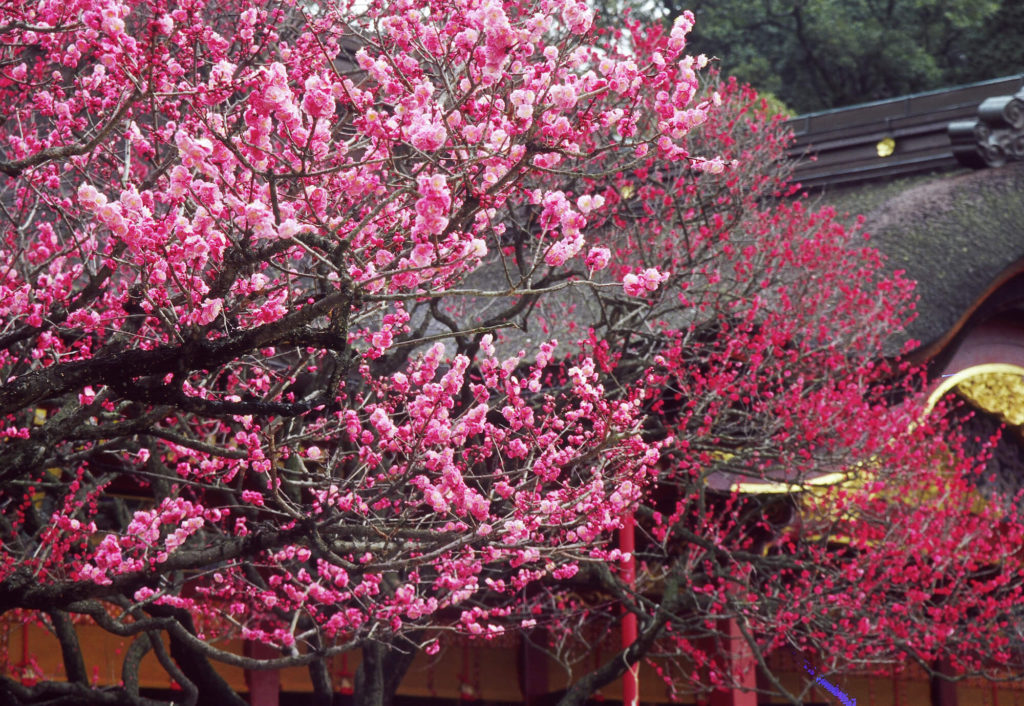
Sugawara Michizane(845-903) was a court noble, politician and scholar. He was demoted to Dazaifu because of the slander and political chicanery of his rival and died two years later. The shrine is built on his grave and enshrined him as the deity of learning, culture and the arts.
| Opening time | At 6:30 AM (at 6:00 AM at the earliest times of year) |
| Closing time | At 6:30 PM from December to March, At 7:30 PM from June to August At 7:00 PM at other times Open all day and night during New Year holidays(12/31~1/3) *Closing time is subject to change at any time |
| Access | 5 minutes’ walk from Nishitetsu Dazaifu Station |
Kyushu National Museum
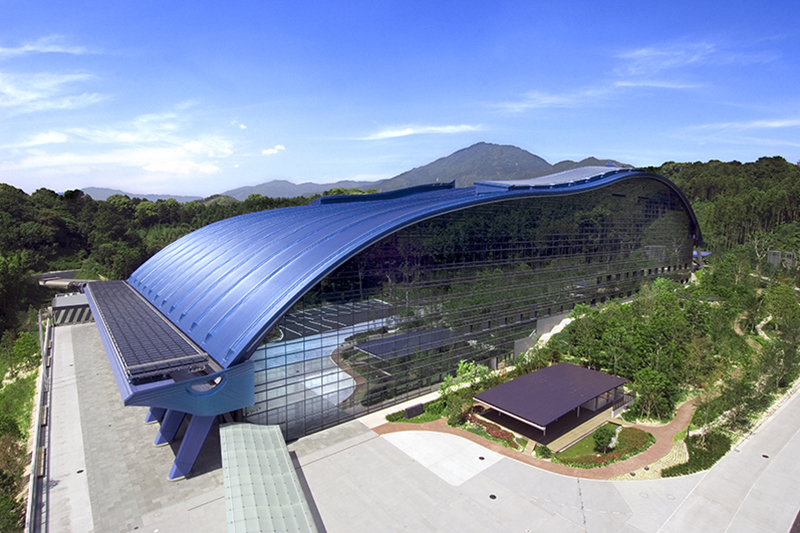
(Photo: courtesy of Kyushu National Museum)
Kyushu National Museum (affectionately known as Kyuhaku) opened its doors on 16 October 2005. As the fourth national museum in Japan, it focuses on mapping the formation of Japanese culture within the context of Asia’s history, and aims to communicate the cultural heritage of Japan to visitors in a way that is more engaging than the classroom, and more illuminating than a textbook. Exhibits in the museum’s permanent Cultural Exchange Exhibition are constantly rotated to provide visitors with fresh content and perspectives.
| Hours | 9:30 AM~5:00 PM(last admission at 4:30 PM) |
| Admission | Permanent exhibition:Adults ¥700 College students ¥350 *Free admission for any individual with a disability certificate and accompanying caretaker, visitors below 18 years old and visitors 70 years old and above. *Special exhibitions are separately charged. |
| Closed | Mondays (the following day if Monday is a national holiday) |
| Access | 10 minutes’ walk from Nishitetsu Dazaifu Station |
Homangu Kamado Shrine
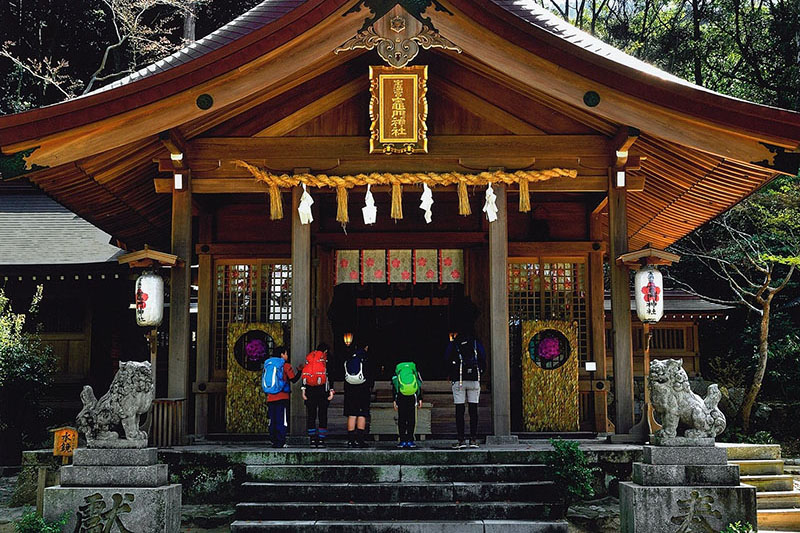
Kamado Shrine stands on a sacred mountain, Mt. Homan. It is said that it was built the northeasterly direction from Dazaifu to protect Dazaifu government office against the evil spirits. The shrine is famous for bringing good relationship and marriage. The shrine is also known as a great place for cherry-blossom viewing in spring and a fall foliage viewing in autumn.
| Hours | 8:30 AM~6:00 PM(Amulet office) |
| Access | Take City Community Bus. Get off at Uchiyama 40 minutes’ walk from Nishitetsu Dazaifu Station |
Kanzeonji Temple
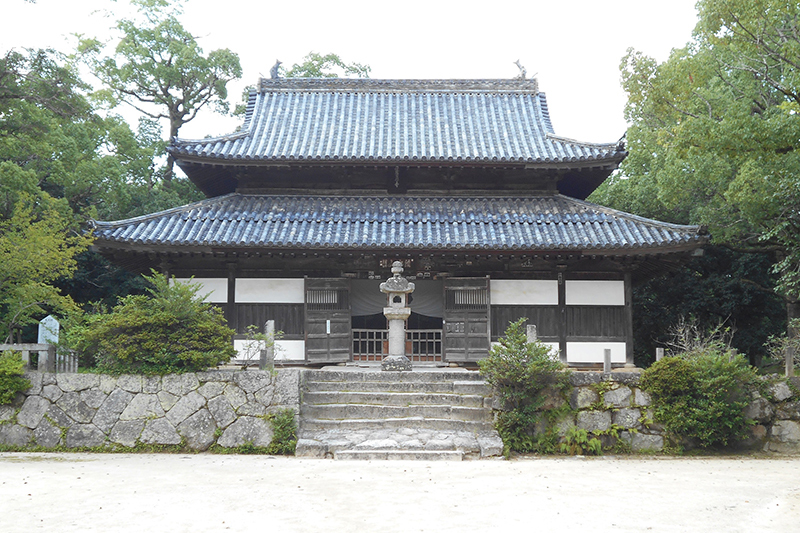
It was built in memory of the late Empress Saimei by his son, Emperor Tenji. A number of Buddha statues and bronze Bonsho bell, which is the oldest one in Japan and the national treasure, survives to tell us of its history.
National Historic Site
*Bonsho bell is currently exhibited at Kyushu National Museum.
| Access | Take City Community Bus. Get off at Kanzeonji-mae 20 minutes’ walk from Nishitetsu Dazaifu Station 10 minutes’ walk from Nishitetsu Gojo Station |
Exhibition Hall
16 Buddha statues made from 8th to 14th century are housed.
| Hours | 9:00 AM~5:00 PM(last admission at 4:30 PM) |
| Admission | Adults ¥500 High school and College students ¥300 Elementary and Junior high school students ¥150 |
Kaidanin Temple
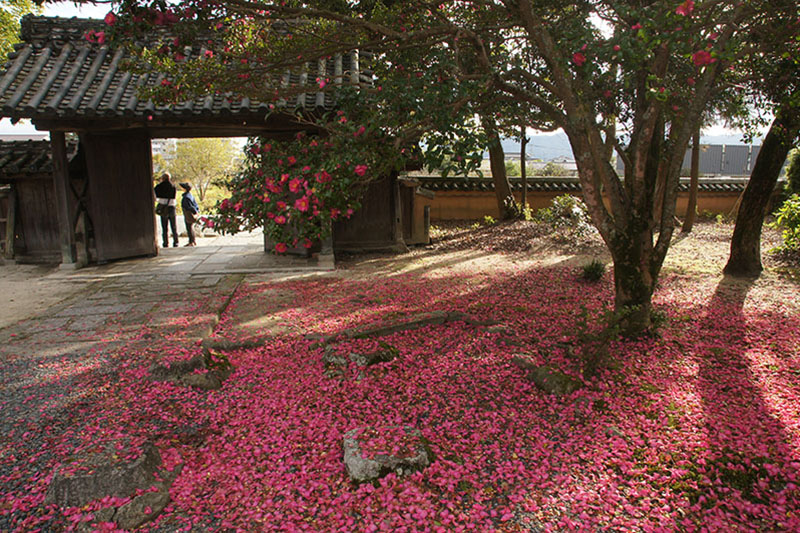
Kairitsu is religious doctrines that monks need to follow. Disciples need to be ordained to become a Buddhist monk. Kaidanin was built within the Kanzeonji Temple complex as a place for delivering the doctrines of Buddhism and the official ordination hall in Kyushu. The other two were Todaiji temple in Nara and Shimotsuke Yakushiji temple in Tochigi.
| Access | Take City Community Bus. Get off at Kanzeonji-mae 20 minutes’ walk from Nishitetsu Dazaifu Station 10 minutes’ walk from Nishitetsu Gojo Station |
Dazaifu Government Office Ruins
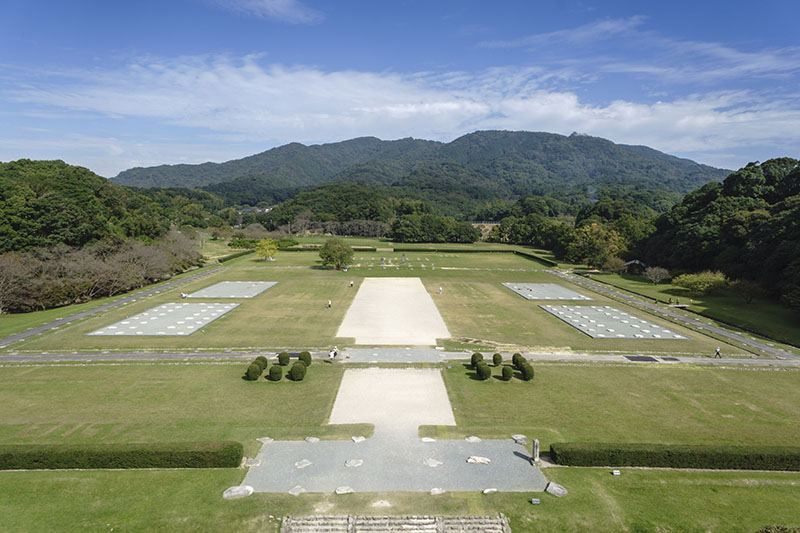
(写真提供:太宰府市教育委員会)
Ancient Dazaifu Government Office was the center of politics and culture in Kyushu and was at the frontier for Japanese diplomacy and defense. All that remains is the huge foundation stones of the original building.
National Historic Site
| Access | Take City Community Bus, or Dazaifu Liner Bus Tabito. Get off at Dazaifu Seicho ato 15 minutes’ walk from Nishitetsu Tofuromae Station |
Dazaifu Exhibition Hall
A part of the remains found by the excavation is preserved and opened to the public and introduces the history and culture of Dazaifu with excavated relics and model.
| Hours | 9:00 AM~4:30 PM |
| Admission | Adults ¥200 High school and College students ¥100 |
| Closed | Mondays (the following day if Monday is a national holiday) 12/28~1/4 |
Onojo Fortress Ruins
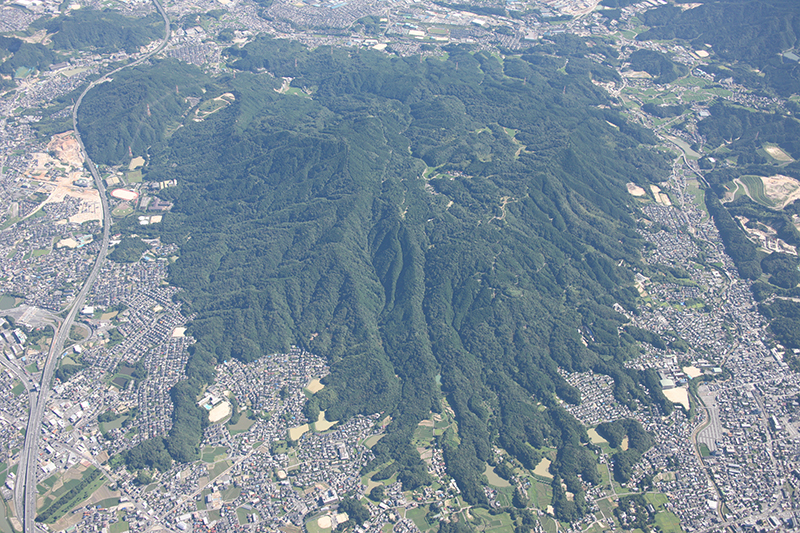
(写真提供:太宰府市教育委員会)
Onojo Fortress was built on top of Mt.Shioji in 665. It consisted of a number of buildings surrounded by a soil circumference. The intent of the fortress was to defend Dazaifu Government Office as well as to store rice and weapons in the warehouse. Only the embankment and the foundation stones of about 70 storehouses remain today.
National Historic Site
| Access | About 1H walk from Nishitetsu Dazaifu station(to Yakigomegahara) 15 minutes by Taxi from Nishitetsu Dazaifu Station |
Iwayajo Castle Ruins
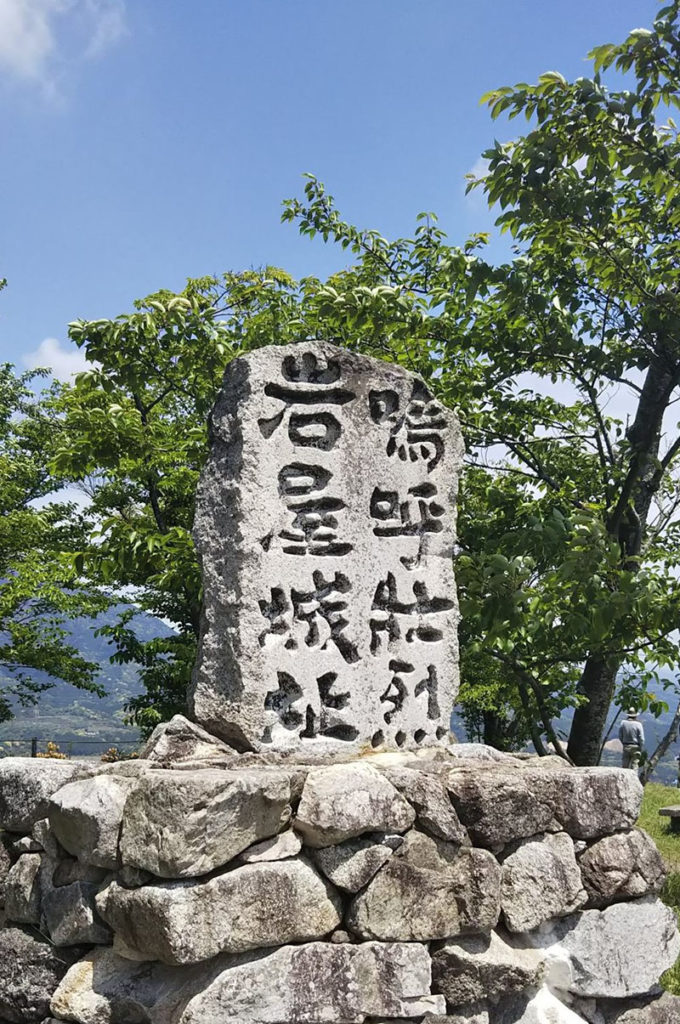
In 1586, more than 700 soldiers led by Takahashi Joun who was a general of Otomo clan of Oita were defeated here by the large number of Shimazu clan of Kagoshima and died at Iwaya fortress. It is known as the battle of Iwaya fortress. The view of Dazaifu city from the fortress is beautiful.
| Access | 50 minutes’ walk from Nishitetsu Dazaifu station 10 minutes by Taxi from Nishitetsu Dazaifu Station |
Mizuki Fortress Ruins

(写真提供:太宰府市教育委員会)
Mizuki is a fortress built in 664 against a possible invasion from Tang(China) and Silla(Korea). It is 1.2km long, 80m wide and 10m high. This structure combined with geographic features around the area prevented entry from outside. There were two gates located in the east and west for controlling traffic into and out of Dazaifu.
National Historic Site
| Access | Take City Community Bus. Get off at Ruins of Mizuki East gate 20 minutes’ walk from Nishitetsu Tofuromae Station |
Mizuki Hall
Mizuki Hall is a characteristic building with the image of an earthwork and introduces the historical sites of Dazaifu. An observatory is set up at the top and you can overlook the Mizuki Fortress Ruins.
| Hours | 9:00 AM~4:30 PM |
| Closed | Mondays (the following day if Monday is a national holiday) 12/28~1/4 |
Chikuzen Kokubunji Temple Ruins

One of the national temples constructed in each province in accordance with Emperor Shomu’s imperial decree in 741. It was a large temple with many buildings.
| Access | Take City Community Bus. Get off at Chikuzen Kokubunji Temple 20 minutes’ walk from Nishitetsu Tofuromae Station |
Enokisha Shrine

Enokisha Shrine is located on the west side of Suzaku Road which runs from the center of the Dazaifu Government Office. Highly-ranked public servants from the capital resided here. Sugawara Michizane was exiled from Kyoto to Dazaifu and lived here for 2 years until he passed away.
| Access | 15 minutes’ walk from Nishitetsu Futsukaichi Station |
Kyakukan Guesthouse Site
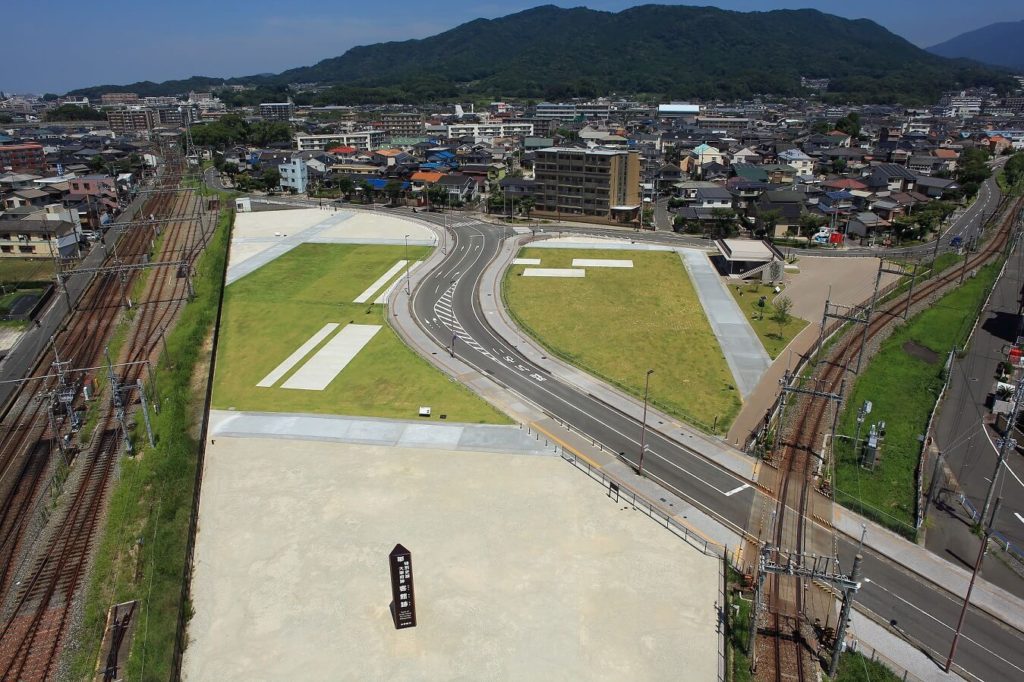
(写真提供:太宰府市教育委員会)
Accommodations for foreign envoys who came to Dazaifu around 8 to 9 century.
| Access | 5 minutes’ walk from Nishitetsu Futsukaichi Station |
Sakamoto Hachimangu Shrine
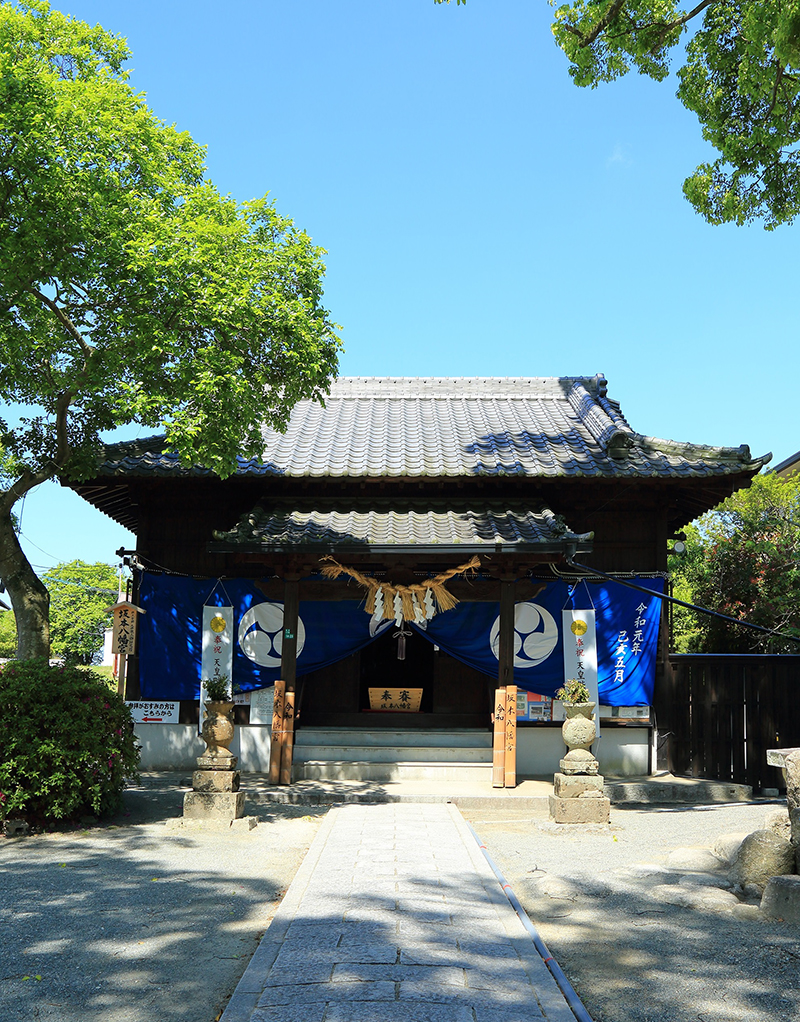
The shrine is attracting attention as a place related with the Imperial era named Reiwa. Reiwa comes from the preface to Manyoshu which is the Japanese oldest poetry anthology. The preface was written by Otomono Tabito in a plum viewing party in his residence. His residence is said to have been around the shrine.
| Access | 5 minutes’ walk from Dazaifu Government Office Ruins 15 minutes’ walk from Nishitetsu Tofuromae Station |



